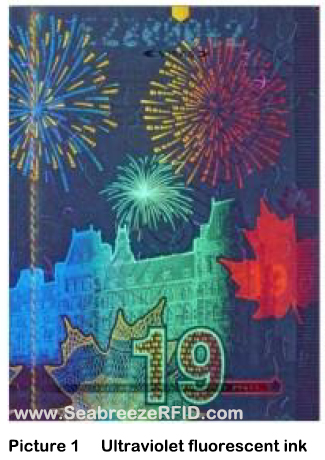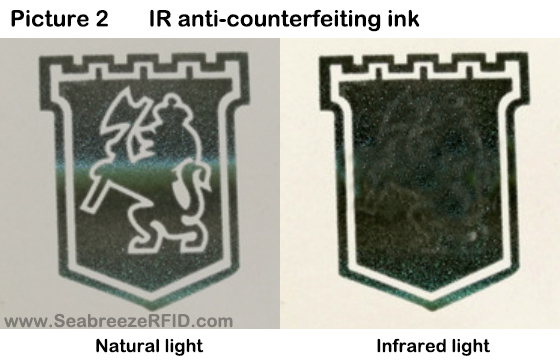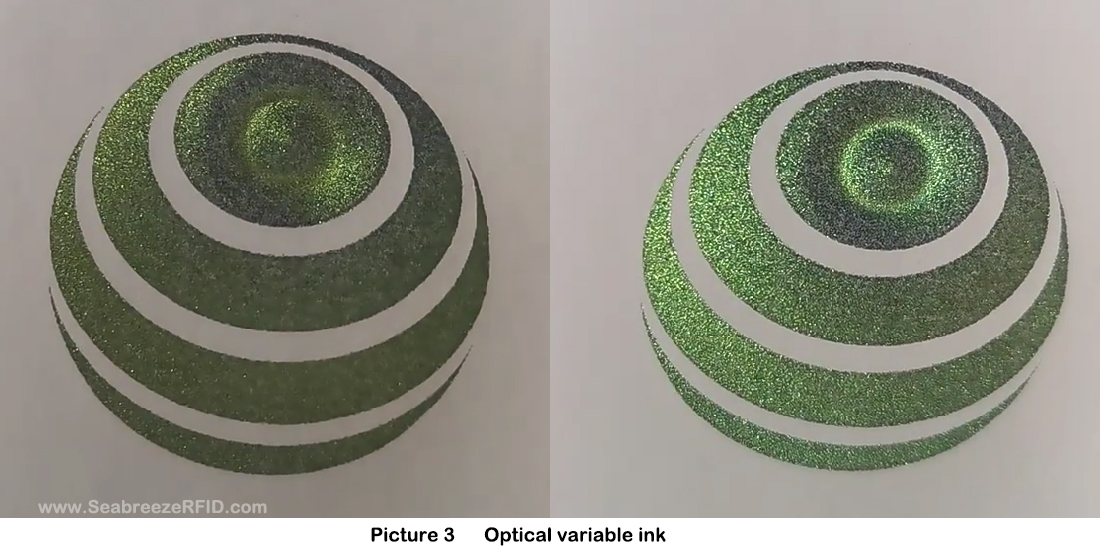Ngaahi Faʻahingá
- Ngaahi Ongoongo (16)
- Blog (16)
Fakaʻaongaʻi ʻo e kau ʻAnitai-counterfeiting vaitohi ʻi he ID maluʻi
Security and anti-counterfeiting documents are documents that can prove identity and qualifications, kau ai ʻa e Passports, Visa, Fakangofua ʻa e nofoʻanga, kaati fakamafaiʻi ʻo e ngaue maʻuʻ, ID Maluʻí, ID fakafonua, Ngaahi laiseni fakaʻuli, etc., ʻi he taimi tatau, ngaahi tohi fakamoʻoni fakatau kelekele, ngaahi tohi taʻú, ngaahi laiseni pisinisi, ngaahi tohi fakamoʻoni tohi fakamoʻoni ʻo e maaka fakapalofesinale, ngaahi tohi fakamoʻoni ʻosi mei he ʻunivēsití, etc.
The graphic information of the anti-counterfeiting certificate is presented to your eyes through ink, but in addition to this basic function, the anti-counterfeiting ink also has special properties to assume the role of anti-counterfeiting. The principle of anti-counterfeiting is the use of pigments with special functions, which will produce changes in color or luster under certain external conditions, which is an important means of modern new anti-counterfeiting technology. ʻI he taimi ni, the common anti-counterfeiting inks mainly include ultraviolet fluorescent inks, infrared anti-counterfeiting inks, optical variable ink(O.V.I), pearlescent color inks, chemical encryption inks, thermal inks, etc.
The subject areas involved in anti-counterfeiting inks include optics, chemistry, physics, printing technology, etc. And the play of many ink anti-counterfeiting performance also needs to be played with the help of other disciplines of technology, this anti-counterfeiting ink combined with the new application of special technology, improve the difficulty of product counterfeiting, increase the high security of ID.
Ultraviolet fluorescent ink
Ultraviolet fluorescent ink is an ink that can be excited by ultraviolet light and emit visible fluorescence, which is a kind of fluorescent ink. Fluorescent inks in a broad sense refer to inks that are excited under the irradiation of external light and produce fluorescence different from the excitation wavelength, mainly including ultraviolet excitation fluorescent inks, infrared excitation fluorescent inks and phosphorescent inks.
Ultraviolet fluorescent ink is the most commonly used ink in anti-counterfeiting documents. It can be divided into short-wave ultraviolet fluorescent ink and long-wave ultraviolet fluorescent ink. Due to the popularity and long-term application of ultraviolet fluorescent ink, it has been difficult to play a role in anti-counterfeiting. Ko ia, the special application process of ultraviolet fluorescent ink has become a key factor in anti-counterfeiting. Hange ko ʻeni, fluorescent rainbow printing, fluorescent precision overprint, fluorescent security pattern, spot color fluorescence, etc. Picture 1 shows that the inside page of 2013 Canada’s passport adopts anti-counterfeiting technologies such as fluorescent rainbow printing, fluorescent hanging net shading, and spot color fluorescence.

Infrared anti-counterfeiting ink
Infrared anti-counterfeiting inks mainly include infrared non-absorptive inks and infrared absorptive inks. Infrared non-absorbent ink, traces can be observed in visible light, but no traces when observed by infrared detection instruments. Infrared absorbing ink, no trace in visible light, but through the infrared detection instrument, the corresponding or bright or dark graphics can be observed. This kind of ink is commonly used in passport security. Picture 2 is the application of infrared anti-counterfeiting ink printing pattern, under the infrared light source, part of the pattern disappeared. This is because the missing part uses infrared non-absorbent ink; The part that does not disappear uses infrared absorbing ink.

Optical variable ink
Optical variable ink(O.V.I) is an ink that presents different colors at different viewing angles, and is an anti-counterfeiting technology that is easy to identify. With the popularization of optical variable ink, its advanced version – magnetic optical variable ink came into being. Magnetic optical variable ink is a optical variable ink with a dynamic color-changing effect. It was developed and patented by the Swiss company SICPA and put into production, originally known as SPARK technology. China used the ink on electronic ordinary passports issued in 2012. These inks can be used to explore magnetic orientation processes to achieve specific effects such as scroll bars, ball beads, and yin and yang transformations. Magnetic optical variable ink is an intuitive anti-counterfeiting feature with high recognition, which greatly improves the anti-counterfeiting strength of the product while increasing the aesthetics of the product. Picture 3 shows the anti-counterfeiting effect of optical variable ink. Optical variable ink can also be combined with laser engraving personalization means to achieve dual anti-counterfeiting of photo-changing effect and personalized portrait information.

(Maʻuʻanga Fakamatala: Shehzhen Seabreeze Smart card Co., Ltd.)